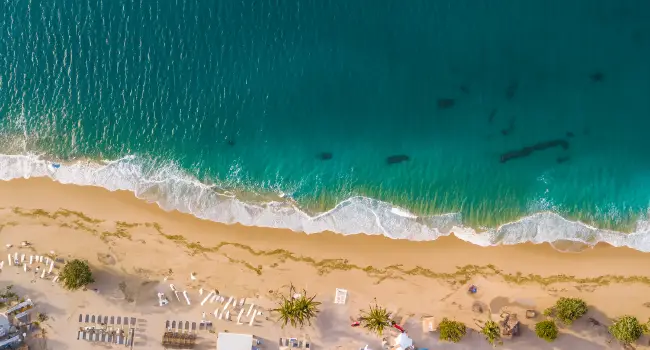Aerial Photography Drones

Drones With Cameras
Aerial photography drones have revolutionized the way we capture images and video from above. These unmanned aerial vehicles (UAVs) equipped with high-resolution cameras and sophisticated stabilization systems have made it possible to capture stunning footage from heights and angles that were once impossible or too costly to achieve.
Aerial photography drones come in different shapes and sizes, from small quadcopters that fit in a backpack to large octocopters that can carry heavy cameras and lenses. They are controlled by a remote controller or a mobile app that communicates with the drone's onboard computer and GPS system.
One of the main advantages of using aerial photography drones is the ability to capture images and video from unique and previously inaccessible perspectives. Aerial footage can provide a bird's eye view of landscapes, cities, and buildings, giving viewers a sense of scale and context that is hard to achieve with ground-based photography.
Aerial photography drones are widely used in various industries, including real estate, construction, agriculture, and filmmaking. Real estate agents and property developers use drones to capture high-quality images and video of properties, showcasing their features and surroundings. Construction companies use drones to survey sites, monitor progress, and create 3D models of buildings. Farmers use drones to monitor crops and identify areas that need attention. Filmmakers use drones to capture stunning aerial shots for movies, TV shows, and commercials. Using artificial intelligence, some selfie-drones can position themselves for the perfect shot or to follow you down a trail while autonomously avoiding obstacles.
Apart from the visual advantages of using drones for aerial photography, there are also practical benefits. Drones are often more affordable than helicopters or planes, making aerial photography accessible to a broader range of clients. Drones can also operate in tight spaces and low altitudes, making them ideal for capturing images and video in urban areas or near buildings.
However, there are also challenges associated with aerial photography drones. One of the main challenges is the need for skilled operators who can navigate the drone and capture quality footage. Piloting a drone requires training and experience to avoid collisions, operate safely, and comply with regulations. Weather conditions, such as wind and rain, can also impact the drone's performance and affect the quality of the footage.
Another challenge is the regulation of drone operations. In many countries, drone operators must comply with strict regulations regarding airspace, privacy, and safety. Violating these regulations can result in fines or legal consequences, which is why it's essential to understand and follow the rules.
Aerial photography drones have revolutionized the way we capture images and video from above, providing unique and previously inaccessible perspectives. With the right skills and knowledge, aerial photography drones can provide stunning visual content and enhance our understanding of the world around us.
Next up: Toy Drones

